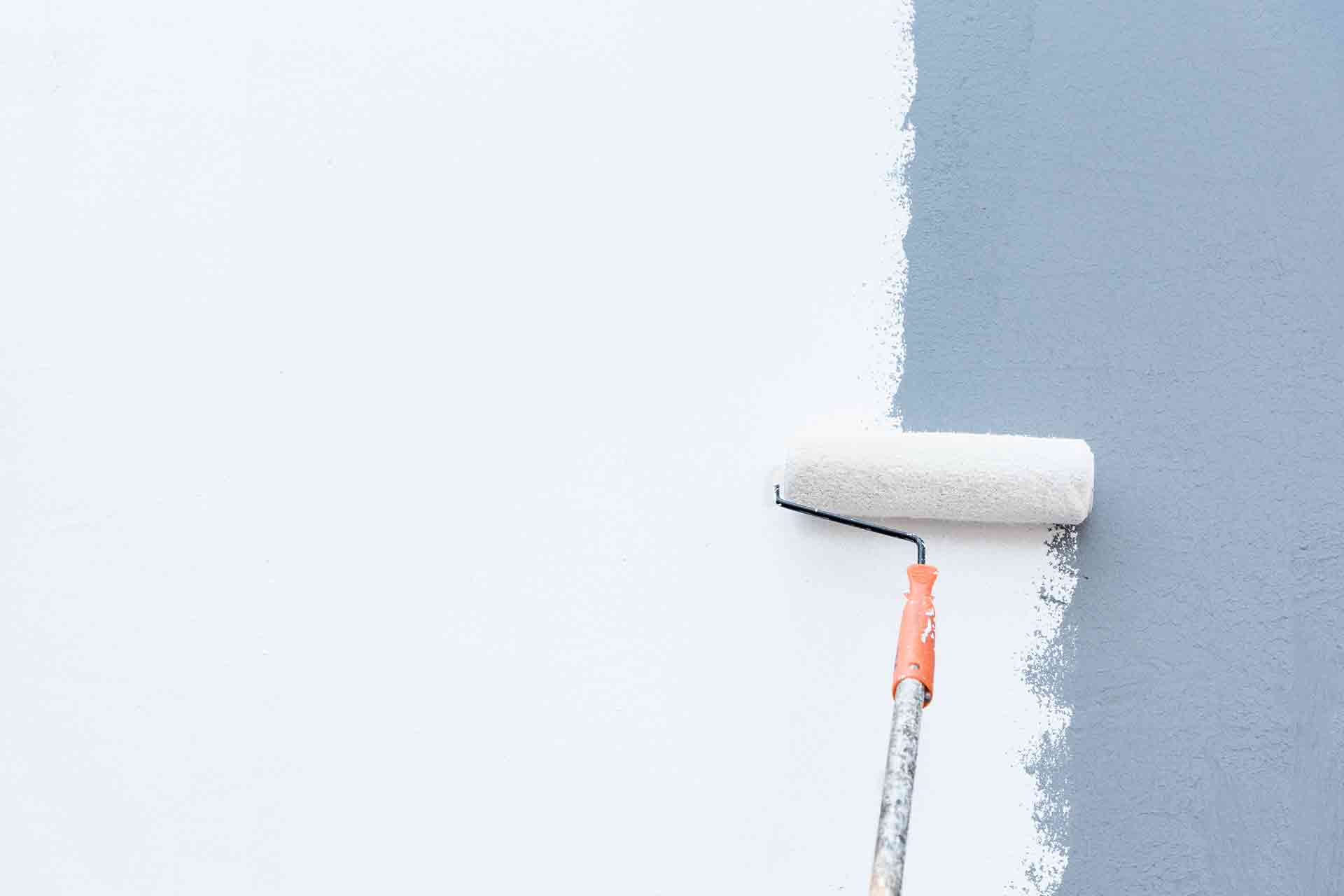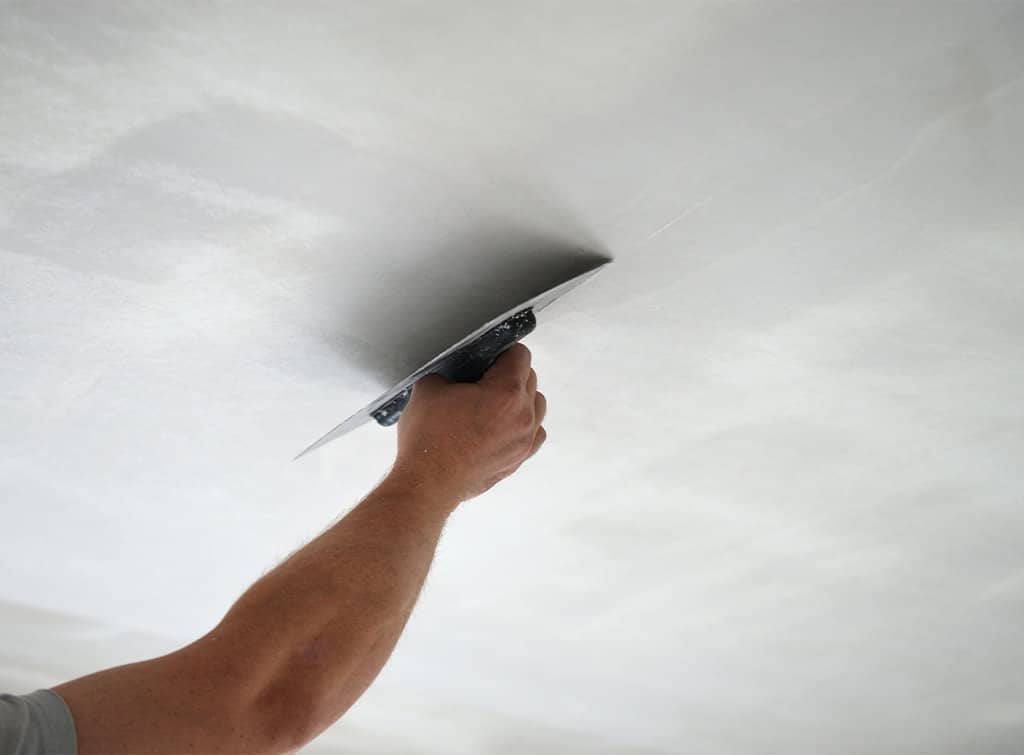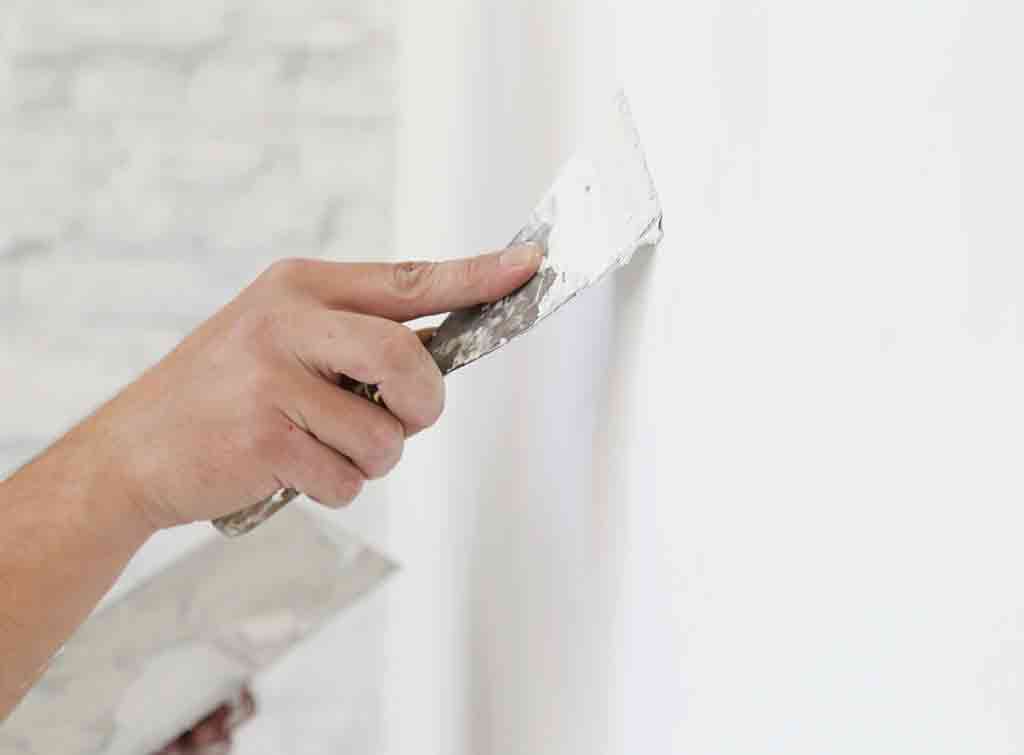Blog>How-To Guides>How to fix cracks in plaster
Last updated: 8 March 2024
How to fix cracks in plaster
Most homeowners will have experienced cracks in their plaster walls or ceilings at least once and it can be hard not to panic. Seeing a long crack in the wall of your new home can be worrying, but how do you know if a wall crack is serious?
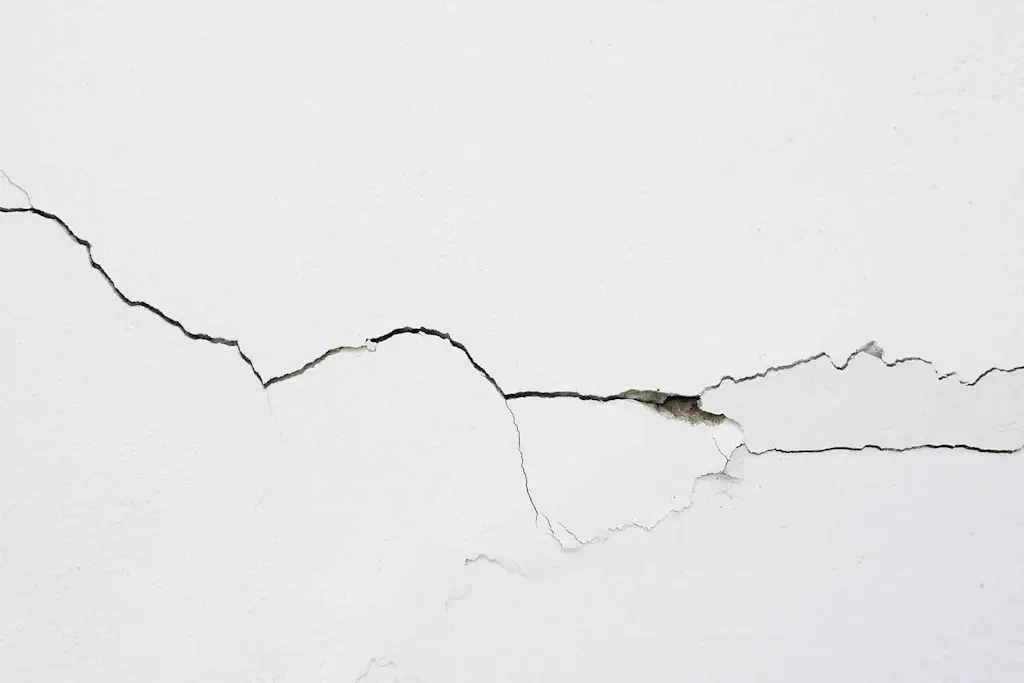
Read on to find out how to fix cracks in plaster, how to fix cracks in corners, fixing recurring cracks and what the best filler for cracks in plaster is.
How to fix cracks in plaster
Plaster creates smooth, strong walls that last for years and years.
Unfortunately, over time, it can be prone to cracks that can sometimes be an indicator of a more serious issue. Learning how to fix cracks in plaster is a great skill to have.
One of the best ways to fix cracks in plaster walls is to start by scoring the crack. This will help to remove any loose plaster and create a larger surface for the joint compound to adhere to.
To begin with, you will need a range of tools and materials including:
Stanley knife
Chisel
Filler knife
Drywall tape
Tray for mixing joint compound if necessary
Drywall joint compound
Sandpaper
Scissors
Vacuum cleaner
Top tip: Skip ahead to our ‘cracks in plaster, when to worry’ section if you’re concerned about your wall or ceiling crack before continuing.
For best results, we always recommend hiring a professional. If the crack is larger than 0.5cm we recommend getting in touch with a structural engineer.

How to fix cracks in plaster walls
Once you've gathered your tools, make sure you cover any surfaces and move any furniture out of the way.
You may need to stand on a step ladder, especially if the crack is located on your ceiling. Then, use the following steps for quick results:
Start by scoring the crack using your Stanley knife. Carefully remove any loose plaster and widen the crack
Vacuum the crack to get rid of any small pieces of plaster and dust
Next, cut a piece of drywall tape the length of the crack using scissors and set aside
Using your tray, mix the joint compound as directed by the packaging
Then, add a small amount of the mixture to your drywall knife and spread over the crack. Ensure you add a thin layer that covers either side of the crack
You can then take your piece of drywall tape and position it, covering the crack. Smooth out any bumps with your drywall knife but be careful not to rip the tape
Smooth another layer of joint compound over the crack with your drywall knife and allow to dry
Finally, sand the area until it’s flat and even but be careful not to sand down to the tape
Top tip: This method also works well if you’re wondering how to fix hairline cracks in plaster walls.
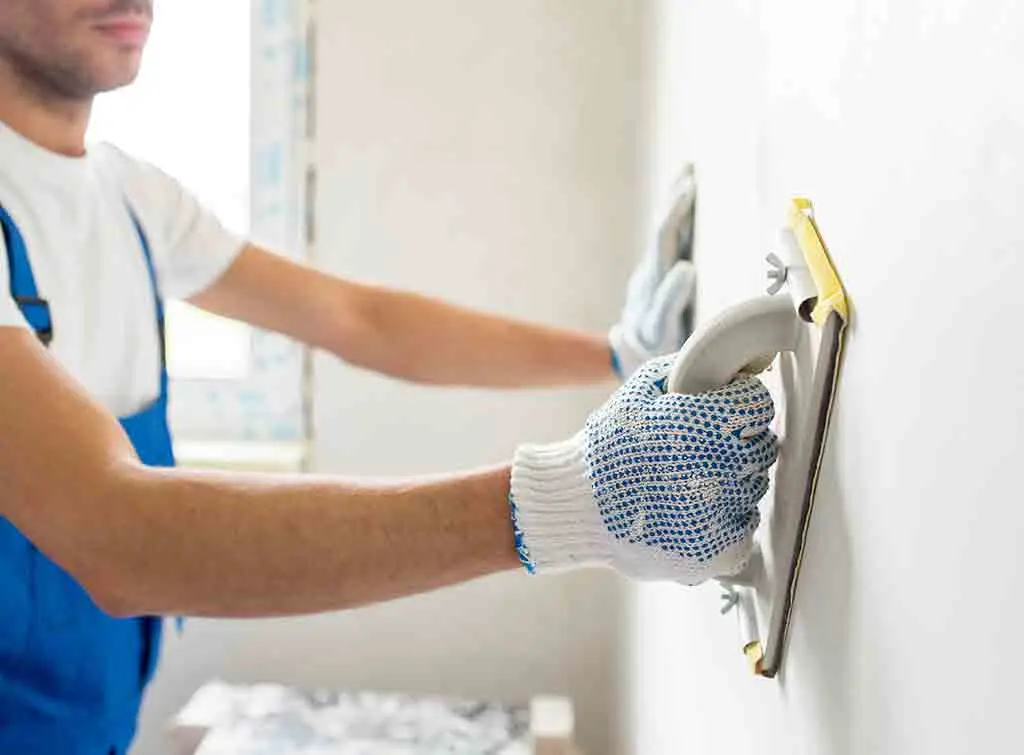
How to fix cracks in corners of plaster walls
Sometimes cracks appear in difficult to reach areas like corners. The best solution is to follow a similar method to that described in the previous section.
The main difference is that you apply more than one piece of drywall tape, covering each side of the crack. You can then lightly cover the tape with joint compound, let it set, and then sand as usual.
How to fix recurring cracks in plaster
Frustratingly, even after you fix a crack in your ceiling or wall, it can reappear over time. This is usually caused by a shift in your home’s foundations which is often nothing to worry about.
If your recurring cracks are more serious, we highly recommend contacting a professional.
Find a structural engineer near me
If you’re planning any major building work, you might be wondering how to find a structural engineer near you. And you’ve come to the right place. Whether you need advice and guidance for a construction project or a structural survey, we’re here to help. In this guide, we look at the best ways for
How to fix cracks in plaster walls before painting
Not all cracks in plaster are the same and it may be useful to know how to handle these before they become an issue. Two different types of cracks are:
Peeling plaster cracks: If plaster starts to peel away from your ceiling in large patches, it’s time to speak to an structural engineer
Shrinkage cracks: These cracks branch out and spread over an area of your wall or ceiling. Minor shrinkage cracks can be repaired by filling them with plaster
You must fix any cracks in your plaster sooner rather than later to prevent the issue from worsening. If you don’t address these problems before decorating, you won’t achieve a flawless, even finish and the cracks will simply reappear.
For most minor cracks, follow our method above. For more serious cracks, get in touch with a professional as soon as possible.
Don't fancy decorating yourself? For best results, we recommend hiring a professional painter and decorator.
Painting and decorating: Cost Breakdown [year]
There's nothing quite like a freshly decorated room - especially when you haven't had to spend days doing it yourself! Read on to discover the average painter and decorator prices in the UK.
Treating damp mould on internal walls
Damp and mould can quickly spread over your walls, floors and ceilings. They can even affect your furniture and possessions if they come into contact with them.
Damp and mould can also cause health issues, so it's really important to treat it as soon as you spot it.
To guide you through the process of tackling damp and mould, take a look at our guide to getting rid of black mould, condensation and damp.
FAQs
What is the best filler for cracks in plaster?
Filling cracks in your ceilings and walls is important to keep your home looking great and prevent future issues. Make sure you go for a filler that is hard-wearing and can be sanded down.
How do you repair deep cracks in UK plaster walls?
When it comes to deep cracks, it’s difficult not to worry about any further implications regarding the structural integrity of your home. You can repair these cracks yourself, but for peace of mind, we recommend hiring an expert to deal with them.
If you'd like to try yourself, follow these steps:
Use a chisel or knife to carefully remove any debris or lumps of plaster from the deep crack
Fill with newspaper before applying plaster of Paris to add extra stability to the crack
Apply a layer of plaster over the newspaper covering the crack
Once that plaster is dry, add another layer and repeat until the wall or ceiling and the crack are level
Finally, use sandpaper to smooth over the area
Which trade should you use for the job?
The best tradesperson for your job will depend on the extent of the crack. Small, minor cracks can be easily dealt with by a plasterer or general builder, but serious cracks need to be assessed by a structural engineer.
To make your room 'good' again, hire a painter and decorator to give it a new lease of life.
Are cracks in plaster walls normal?
Absolutely, cracks in plaster walls are a normal part of owning a home and usually nothing to be concerned about. Many new houses are prone to cracks while the house settles over time.
Of course, there are instances when cracks are more serious and the tips in our ‘cracks in plaster, when to worry’ section should help you to know whether or not to contact an expert.
When should I worry about cracks in plaster?
Cracks come in all shapes and sizes, some deep and some shallow but how do you know if a wall crack is serious?
Generally, cracks in plaster are very common and usually nothing to be concerned about, but there are instances when a crack could indicate a deeper issue. If you’re wondering when to worry about cracks in plaster, use the following guidelines:
Width of crack: If your crack is wider than 0.5cm, it’s worth investigating. Once a crack reaches 2.5cm width this could mean your home has structural damage that needs to be quickly dealt with
Cracks over door frames: This could be a sign that your home’s foundations are damaged or moving so you should call an expert to assess the problem
Diagonal cracks: Any crack that runs diagonally or takes the shape of the bricks on the outside of your home needs to be looked at by a professional as your home’s foundations may be shifting
How much does plaster cost to be repaired?
The average cost to repair a small crack will be around £200.



